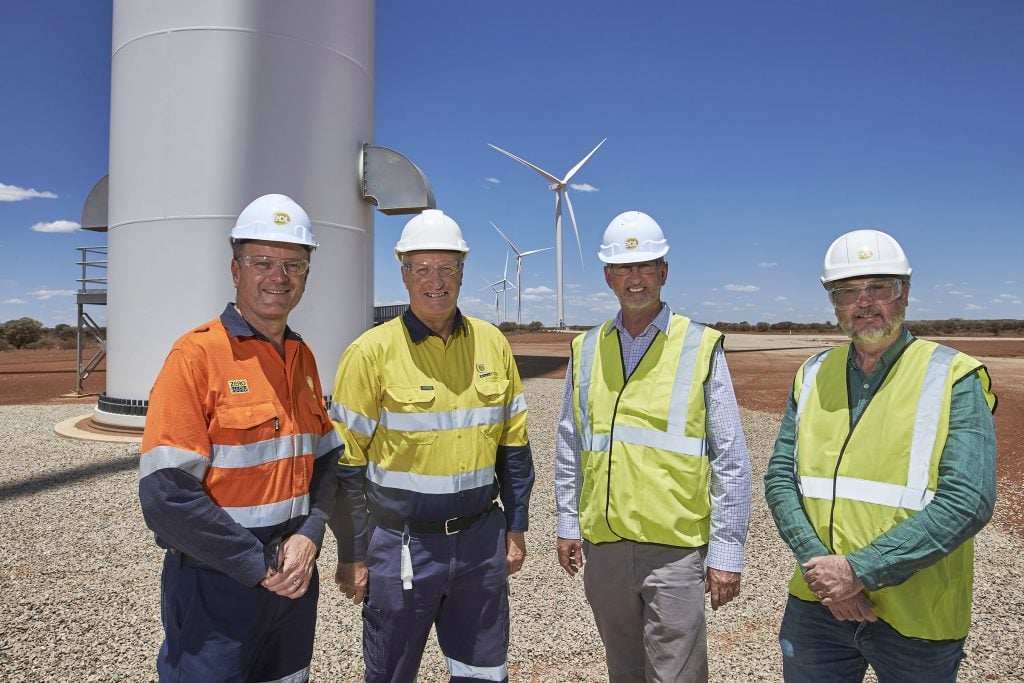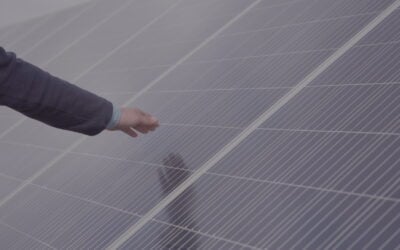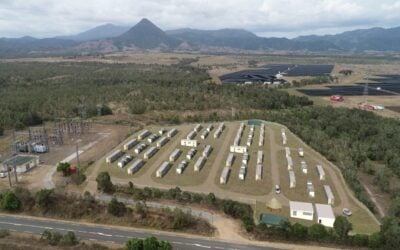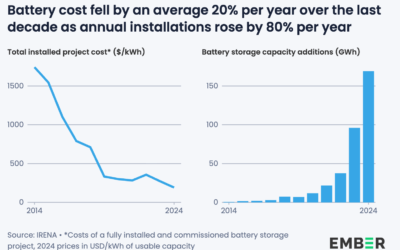
The community of the Daintree Rainforest region in Queensland, Australia, will host a “world-leading renewable microgrid,” after the country’s federal government approved funding support for the project.
The Daintree Microgrid Program aims to use renewable energy, battery storage and green hydrogen technology to help increase affordability of electricity for people in Daintree, lower emissions and improve energy security and resilience against extreme weather events.
It will also provide jobs in the local area and be a platform for knowledge sharing on microgrids that can be applied to other regional and remote communities.
The solar-to-hydrogen project will pair 8MW of solar PV with 20MWh of battery energy storage and a 1MW hydrogen electrolyser.
Try Premium for just $1
- Full premium access for the first month at only $1
- Converts to an annual rate after 30 days unless cancelled
- Cancel anytime during the trial period
Premium Benefits
- Expert industry analysis and interviews
- Digital access to PV Tech Power journal
- Exclusive event discounts
Or get the full Premium subscription right away
Or continue reading this article for free
This morning Australia’s Minister for Industry, Energy and Emissions Reduction Angus Taylor made the announcement jointly with his assistant minister Tim Wilson and Warren Entsch, who represents the divisional area of Leichhardt in Queensland at federal level.
The government is awarding AU$18.75 million (US$13.87 million) funding over three years to project lead company Volt Advisory Group.
It follows a feasibility study that was carried out through the Regional and Remote Communities Reliability Fund which pledged AU$50 million to evaluating opportunities for microgrids and other technologies to serve those areas.
“This is a major win for communities in the Daintree Rainforest, which will see reduced pollution and noise from diesel generators, and will be a valuable demonstration of solar-to-hydrogen technology,” Angus Taylor said.
“The renewable and hydrogen microgrid will use cutting edge technology to reduce emissions and drive down costs by ending the community’s reliance on costly diesel generation.”
Colleague Tim Wilson pointed out that the system will give the community cheaper, reliable power and the project, “a giant leap forward in building Australia’s carbon neutral future,” represented an essential investment into the Daintree community.
It could reduce diesel consumption by more than four million litres of fuel per year in the area. The project is expected to get underway this year for completion during 2024. Along with the energy system upgrade, the local area will also get improved communications links, with fibre optic cabling to be laid as part of the project.
With the Daintree rainforest a protected area, the microgrid will be built with consideration to preserving the local area, with development confined to roadways and areas that are already cleared of vegetation.
The news comes as the eastern coast of Australia responds to an extreme weather emergency, with impacts of more than a week of torrential rain reported to include the evacuation of thousands from their homes in Sydney, with widespread flooding in both New South Wales and Queensland. Reuters news agency reported a death toll of 17 by yesterday.
Critics have long slammed the country’s federal government for a lack of commitment on emissions reduction, although a net zero by 2050 target was finally introduced in October last year. Queensland already had a net zero by 2050 target in place by then, with an interim 50% renewables by 2030 goal and an in-depth Climate Transition Strategy policy document.
Last week Energy-Storage.news reported that two recently-completed off-grid and remote renewable energy projects in Australia have enabled a gold mine in Western Australia and a township in the country’s Northern Territory to achieve more than 50% renewable energy penetration throughout the year.





